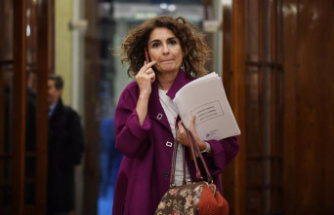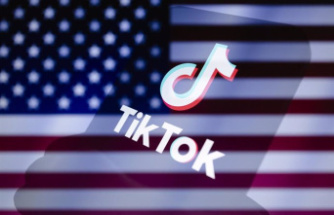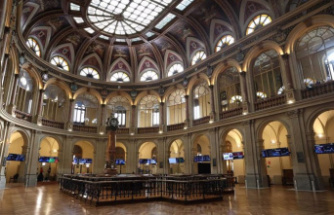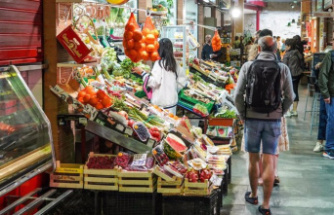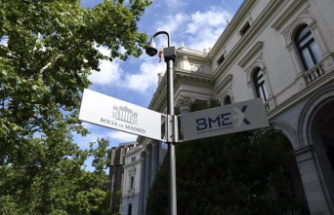The craftsmen who make the costumes for the second season of “Masked singers” are doubling their efforts these days to finish the job on time, with filming getting under way in just a month.
You have to be quick to complete the 15 costumes and everything is thought out according to comfort. It must be hot, very hot, in there. We use stretchy fabric that "breathes", but also ultra-lightweight material and small fans fixed in each latex molded or thermoformed head in order to drop the temperature. The idea is that the artists are able to give the maximum during their quarter-turn choreographed numbers, “Masked singers” being after all a family variety platter offering large-scale numbers.
The production unveiled two new "characters" last week, namely Lobster the sheriff and Cocktail tiki, which journalists were able to see up close while visiting the place of creation where dozens of resourceful and agile people from their hands. We were able to learn between the branches that there will also be a “fire fly” and a “hedgehog” in the second season, which will start in September on TVA with Guillaume Lemay-Thivierge hosting.
It takes an average of 450 to 500 hours to put together each costume, made from A to Z in this workshop, the location of which is kept secret to keep the curious at a distance. Only the boots and shoes are bought in stores - then modified - no shoemaker is part of the team led by Patrick Martel, creator and designer of the costumes, who works in complicity with the head of workshop Christine Plouffe.
“There is a lot of work to do on the structure [of the costumes], but also, you have to be able to do welding, work metal, wood and glue to make the different dimensional shapes,” said Patrick. Hammer.
A long process
Producing each season of “Masked Singers” takes time, a lot of time. Even before the end of the broadcast of the first version last fall, content producer Martin Proulx and his team at Productions Déferlantes were preparing the sequel. It was necessary to draw up a list of potential candidates who knew how to sing and to undertake negotiations, sometimes long, to convince them to dive into the adventure. "We "book" people who don't have to be the public figure. When they understand that they can be on stage without being themselves, it hooks them,” he said.
This year, we had to wait until April to grant a contract to the 15 personalities, which left little time for the important work in the recording studio, upstream of filming.
Executive producer Nancy Charest, of Productions Déferlantes, recalled all the “pleasure” the team has in managing the confidentiality surrounding the show. “Just the logistics of the fittings, it must be done in completely confidential places. When the artists go to the set, there are several strategies so that people do not realize that the artist leaves home and when he arrives at the studio, he is masked”, she related.
Even the workshop team does not know the identity of the artists. A privileged few are of course aware and the creation of each universe starts from the first encounter with the personality. "The final step is the finishing, what we call the "patina", or the effects of shading and light which take maybe 5% of the time of making, but which are worth almost the half of the final result on screen," said Patrick Martel.
Quebec stands out
Even in the United States, according to the “Masked Singers” team, not as much attention to detail is given to costumes. Even less in South Korea, where the format of “The Masked Singers” originates, where the costumes are often made of cardboard.
In Quebec, we put the package on the costumes and the music, but also on the staging, with a more assumed theatrical side celebrating all the performing arts. The investigators who will try to unmask the personalities will be back, namely Sam Breton, Véronic DiCaire, Anouk Meunier and Stéphane Rousseau, with the exception of Marc Dupré who returns to service at “La Voix” as a veteran coach.


